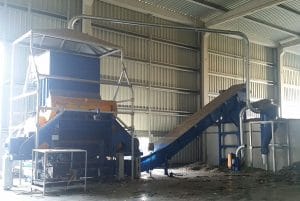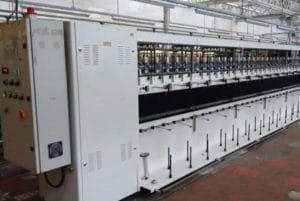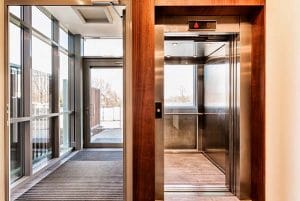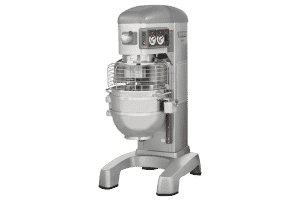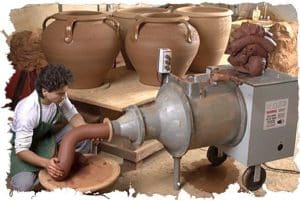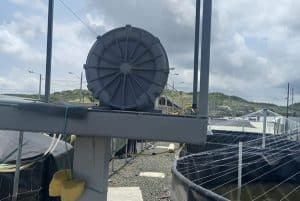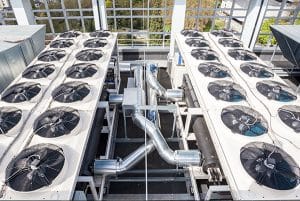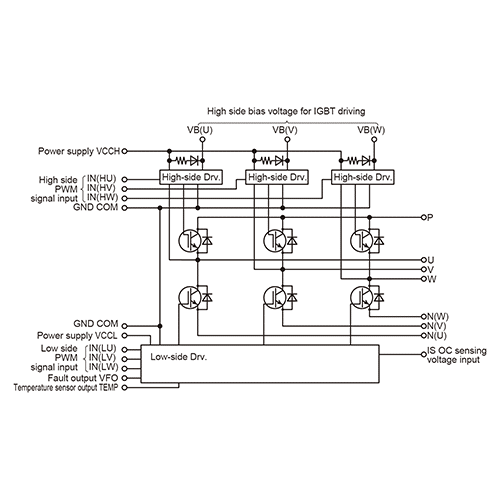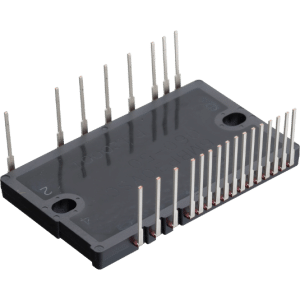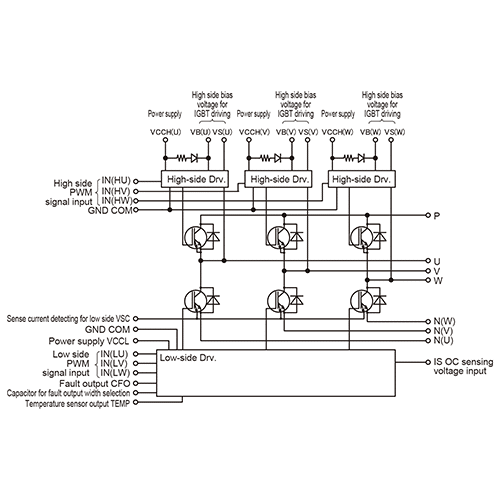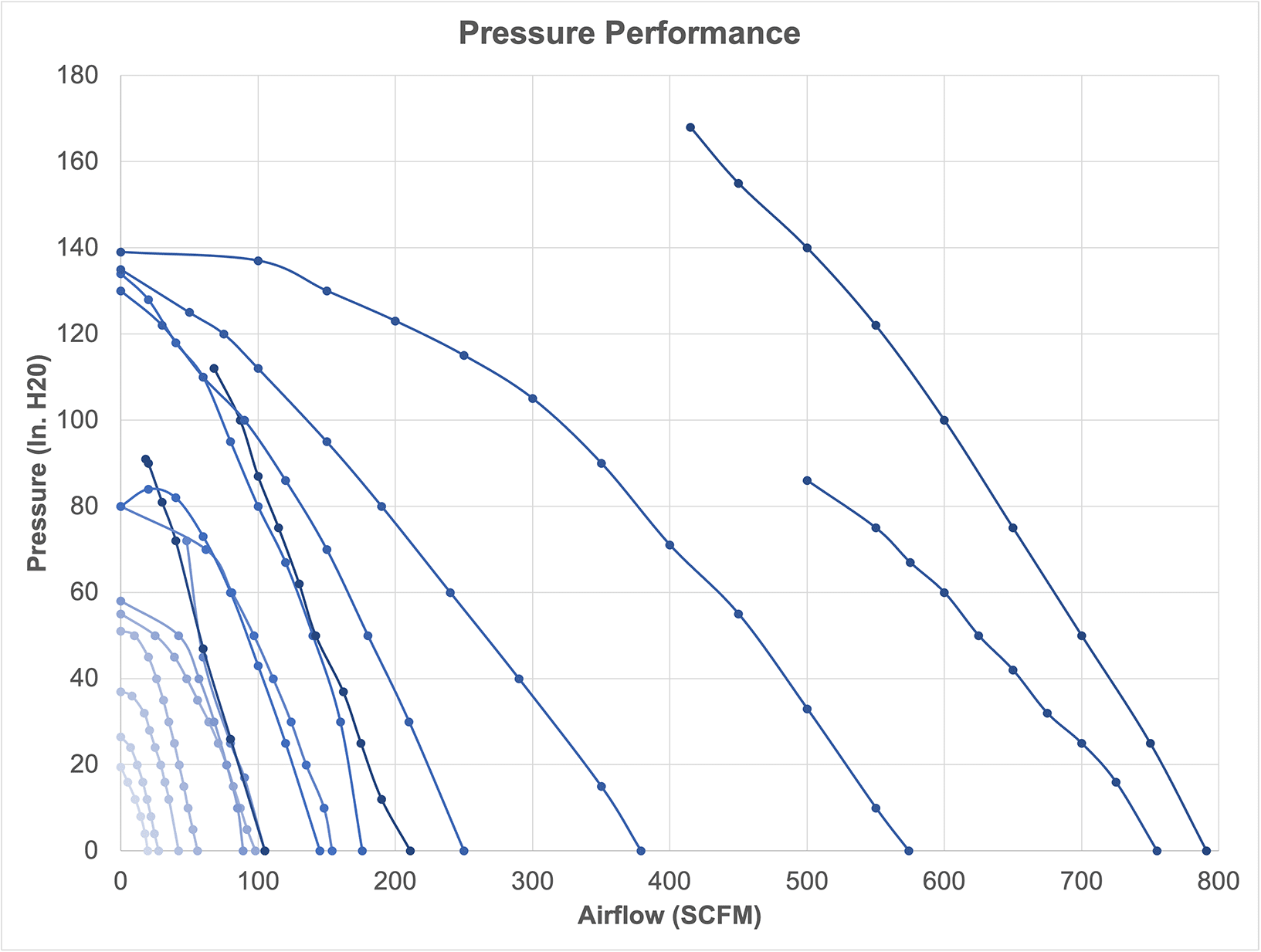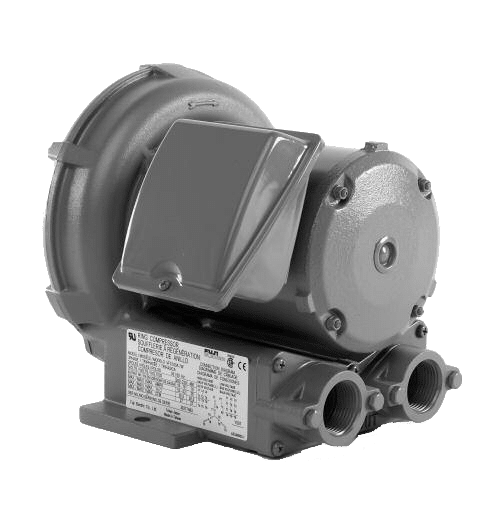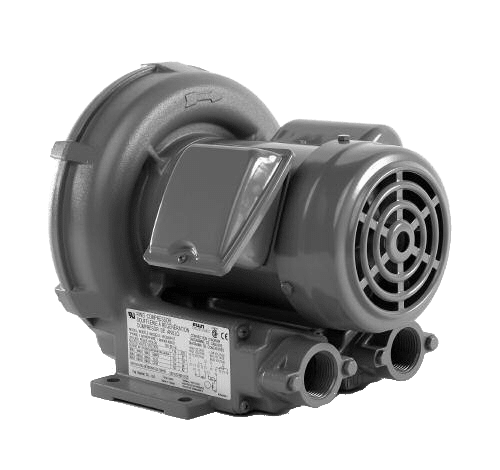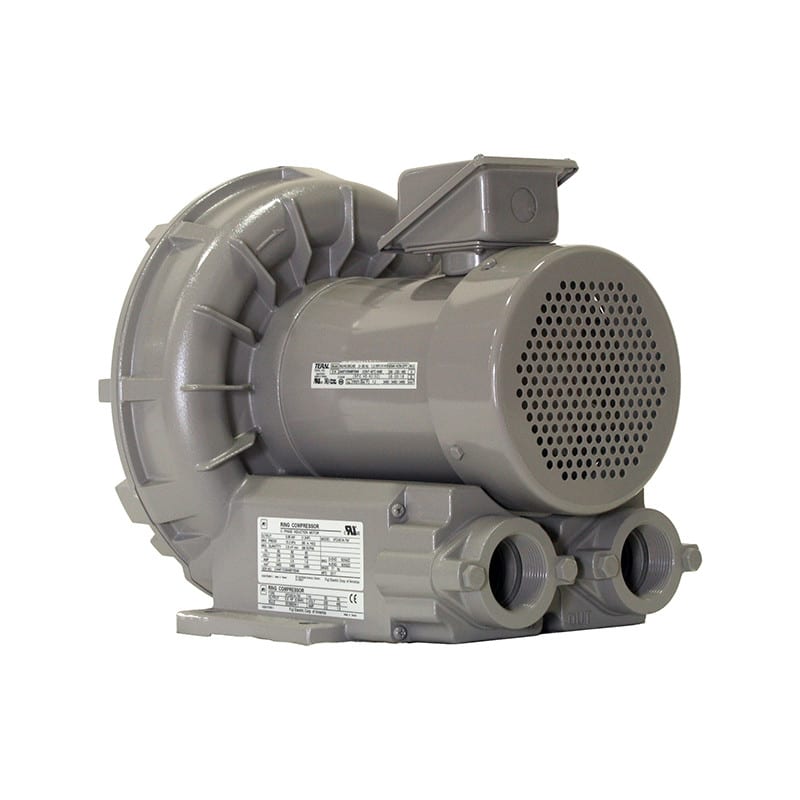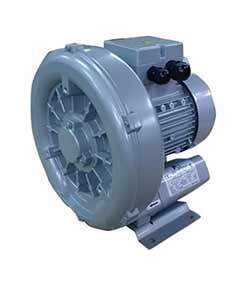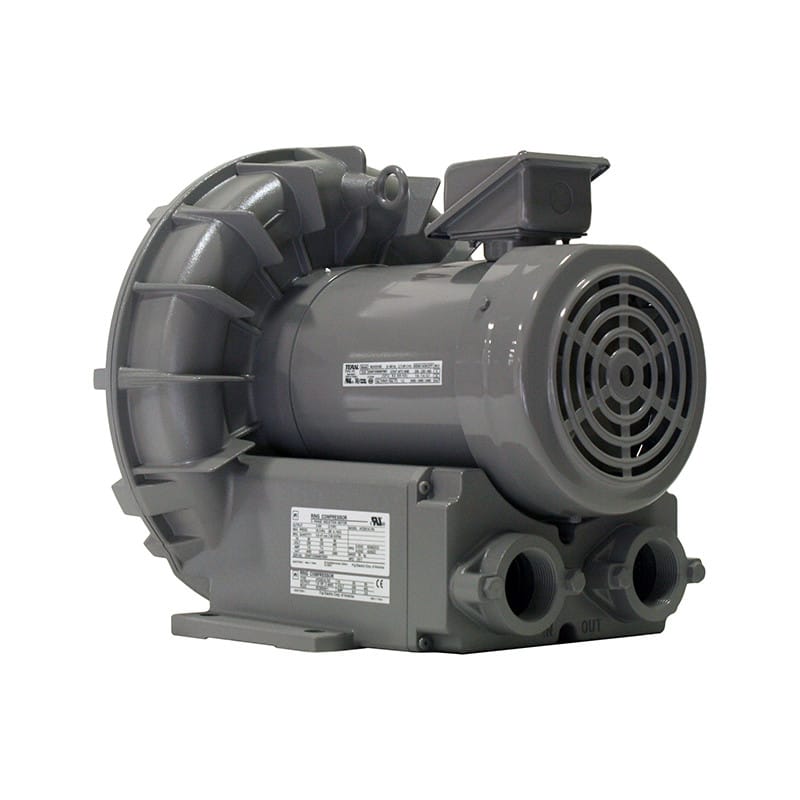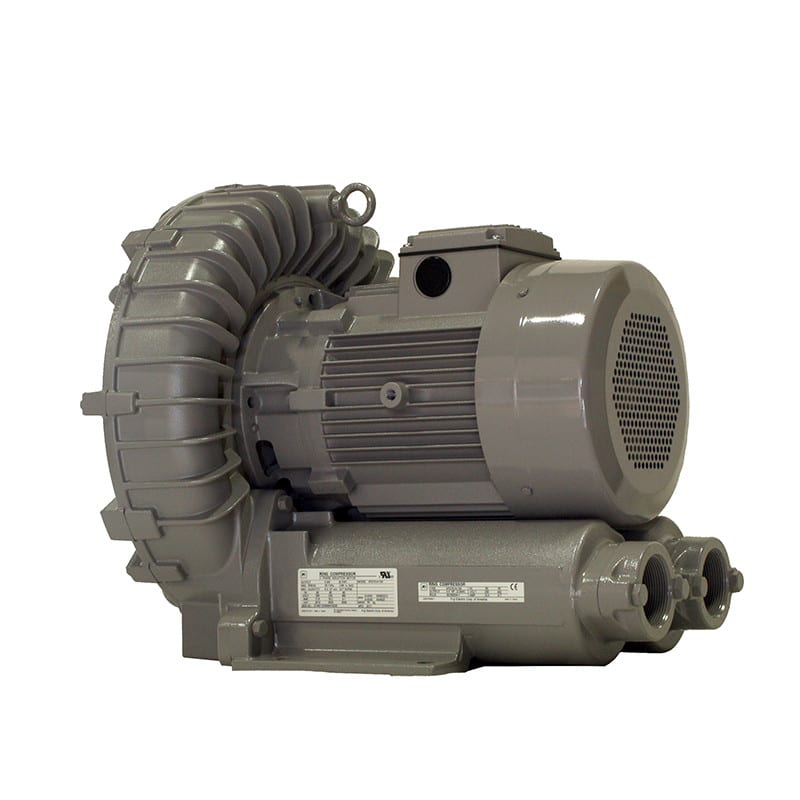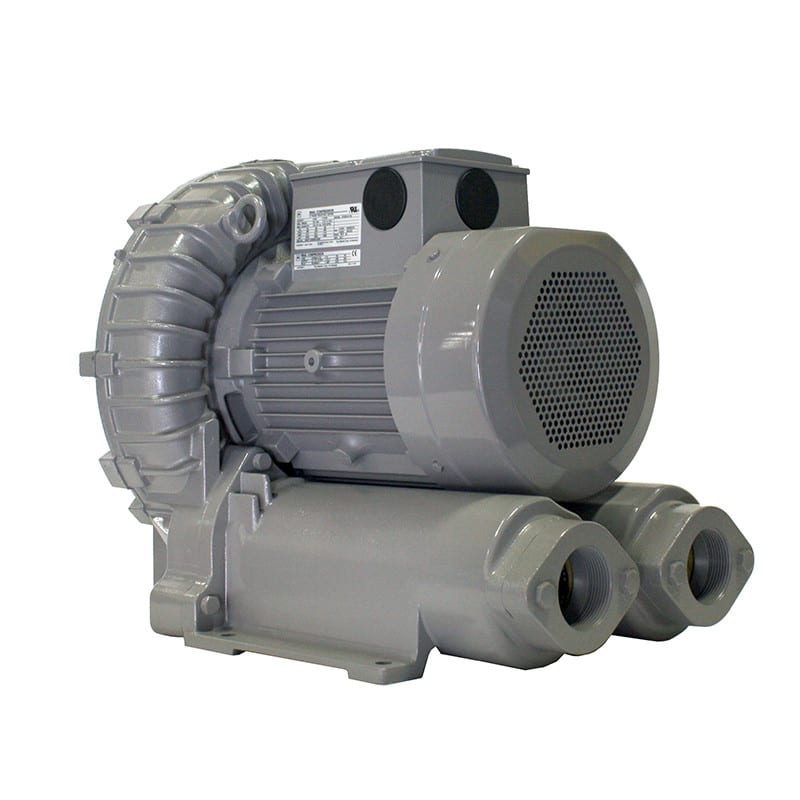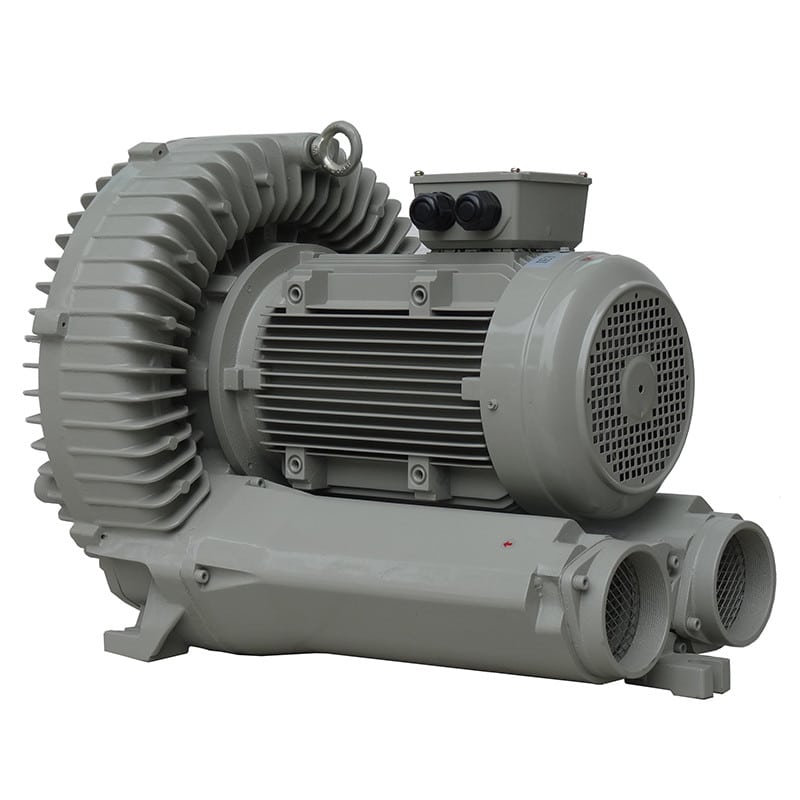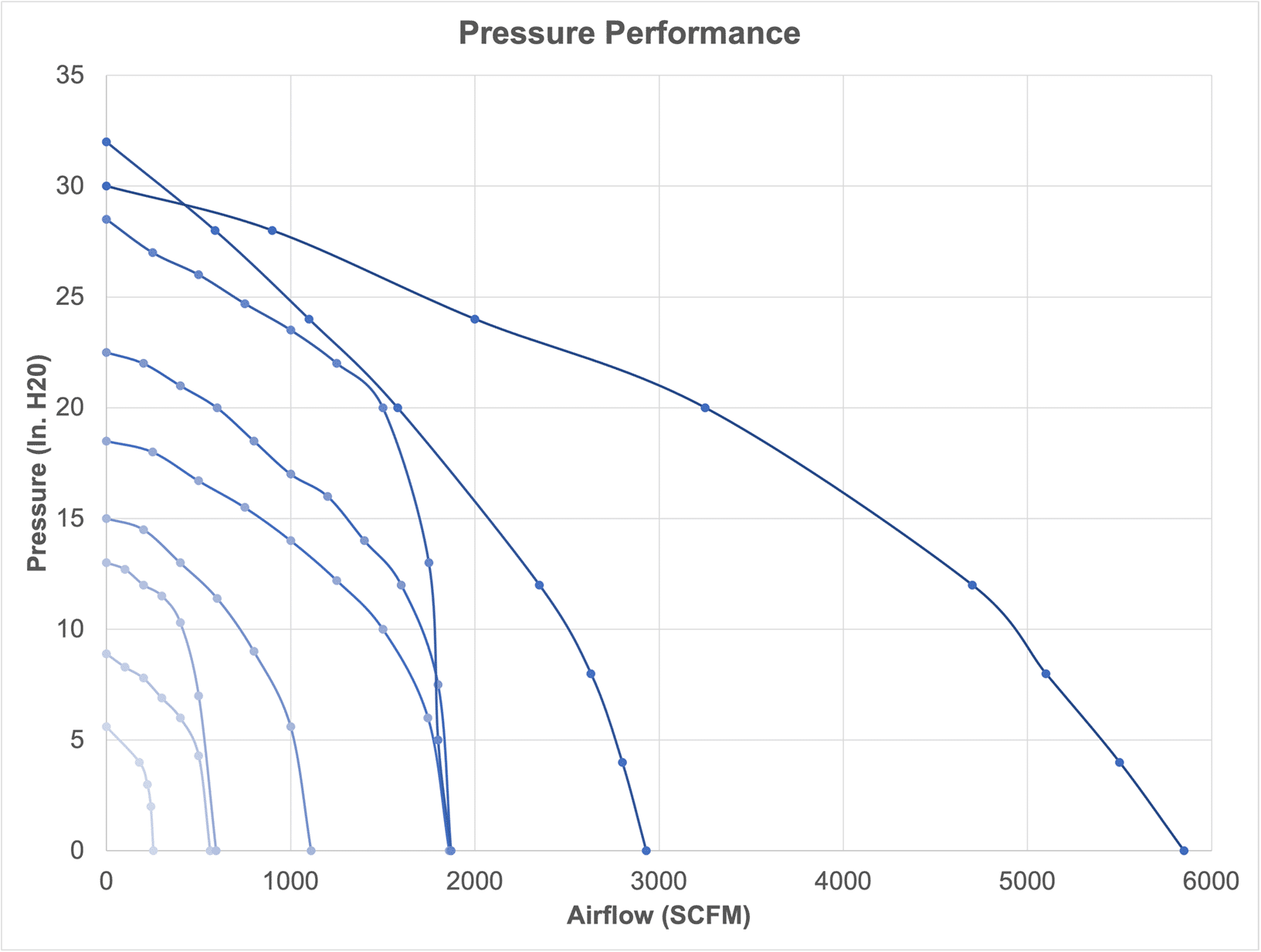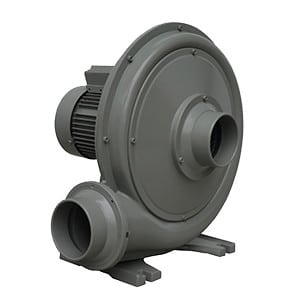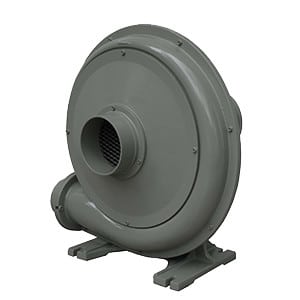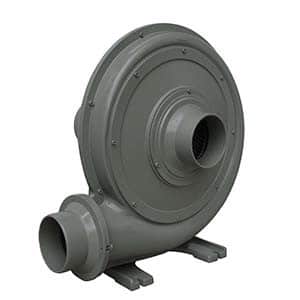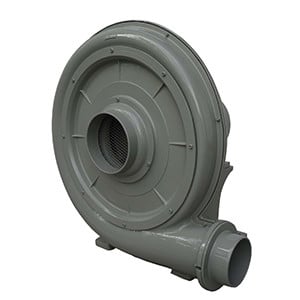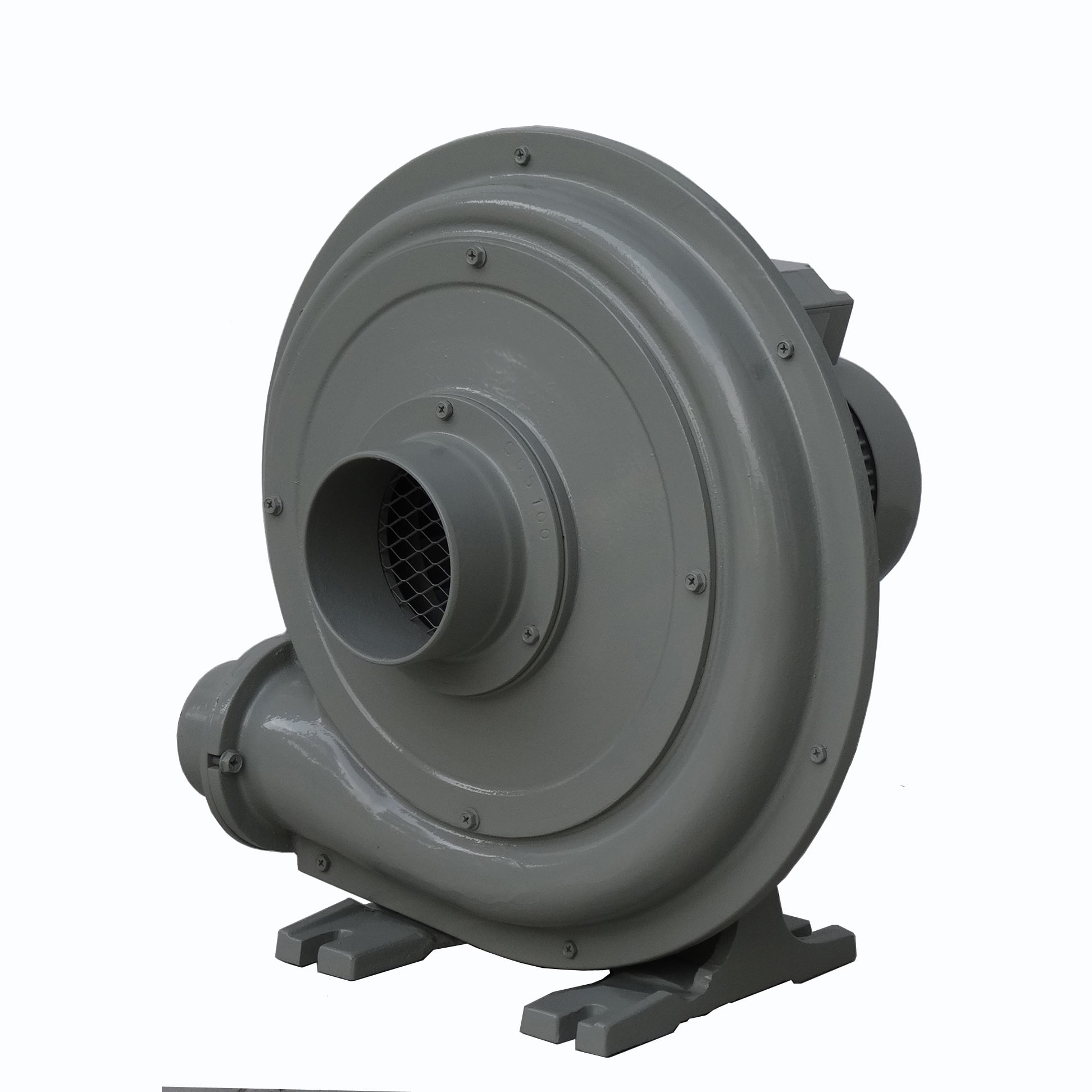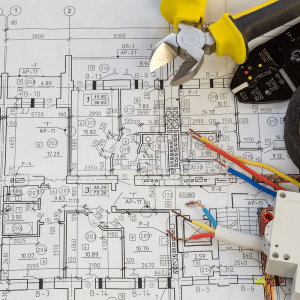
Designing an AC Drive (also known as a variable frequency drive or VFD) involves considering several important criteria to ensure the drive meets the specific application’s requirements and operates efficiently and reliably. Here are some key design criteria to account for:
- Load Requirements: Understand the load characteristics, such as the motor type (induction, synchronous, etc.), load torque, speed range, and duty cycle. This information is crucial for selecting the appropriate drive.
- Motor Compatibility: Ensure that the AC drive is compatible with the motor, both in terms of voltage, current, and frequency ratings. The drive must match the motor’s specifications.
- Voltage and Power Ratings: Determine the voltage and power rating of the AC drive, ensuring it can handle the power requirements of the motor and the connected system.
- Frequency Range: Select a drive with a frequency range that accommodates the desired speed control, including the minimum and maximum speeds required for the application.
- Control Methods: Decide on the control method for the AC drive, such as V/Hz (Volts per Hertz), vector control, or sensorless vector control, based on the application’s precision and performance needs.
- Overload Capacity: Consider the drive’s overload capacity to handle temporary increases in load or starting currents without tripping or overheating.
- Environmental Conditions: Account for the environmental conditions where the drive will be installed, including temperature, humidity, dust, and corrosive factors, and select a drive with suitable protection and cooling measures.
- Enclosure Type: Choose an appropriate enclosure type, such as IP rating, NEMA rating, or specific hazardous area certifications if the drive will be exposed to special environmental conditions.
- Communication Interfaces: Determine if the drive needs to communicate with other control systems or PLCs and select a drive with compatible communication interfaces (e.g., Modbus, Profibus, Ethernet).
- Motor Feedback: Decide whether the application requires motor feedback devices (e.g., encoders, resolvers) for position or speed control and ensure the drive supports these options.
- Harmonic Mitigation: Consider harmonic distortion in the power supply and select a drive with built-in or external harmonic filters, if needed, to comply with power quality standards.
- Redundancy and Fault Tolerance: Evaluate the need for redundancy or fault-tolerant configurations to ensure system reliability in critical applications.
- Protective Features: Look for protective features like overcurrent, overvoltage, undervoltage, overtemperature, and short-circuit protection to prevent damage to the drive and motor.
- Maintenance and Serviceability: Choose a drive that is easy to install, commission, and maintain to minimize downtime.
- Compliance and Standards: Ensure that the AC drive complies with relevant safety and industry standards, such as CE, UL, and ISO, depending on the application and location.
- Energy Efficiency: Consider the drive’s energy efficiency and its impact on the overall system’s operating costs.
- Future Expandability: Think about future system upgrades and expansion, and select a drive that can adapt to changing requirements.
Each application may have unique requirements, so it’s essential to work closely with drive manufacturers and engineering experts to select and design the most suitable AC drive for your specific project.




